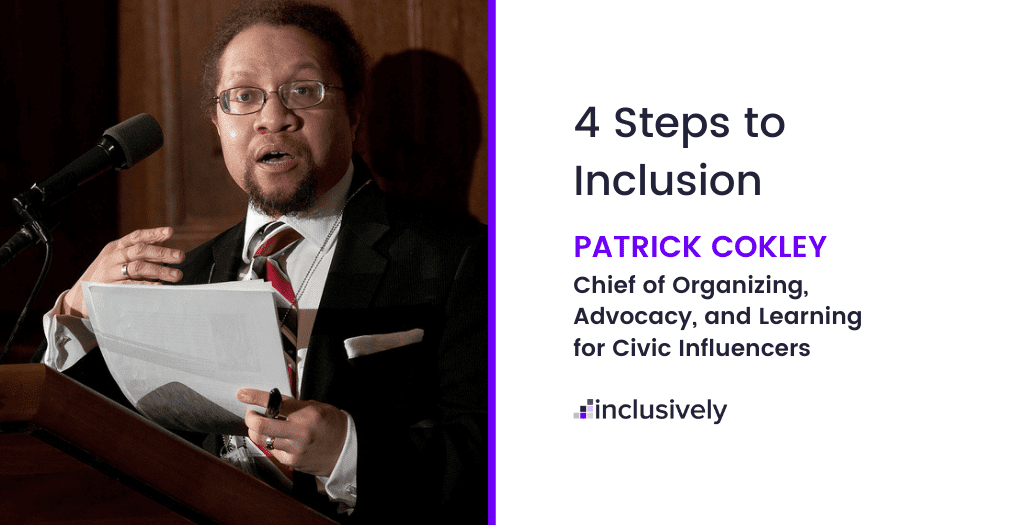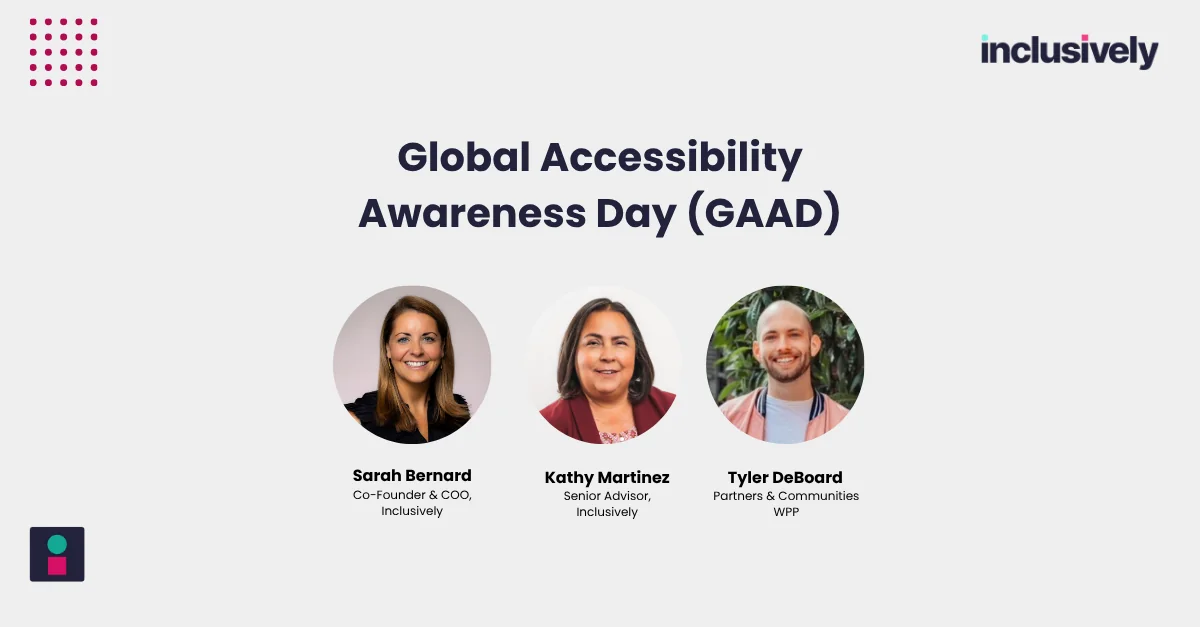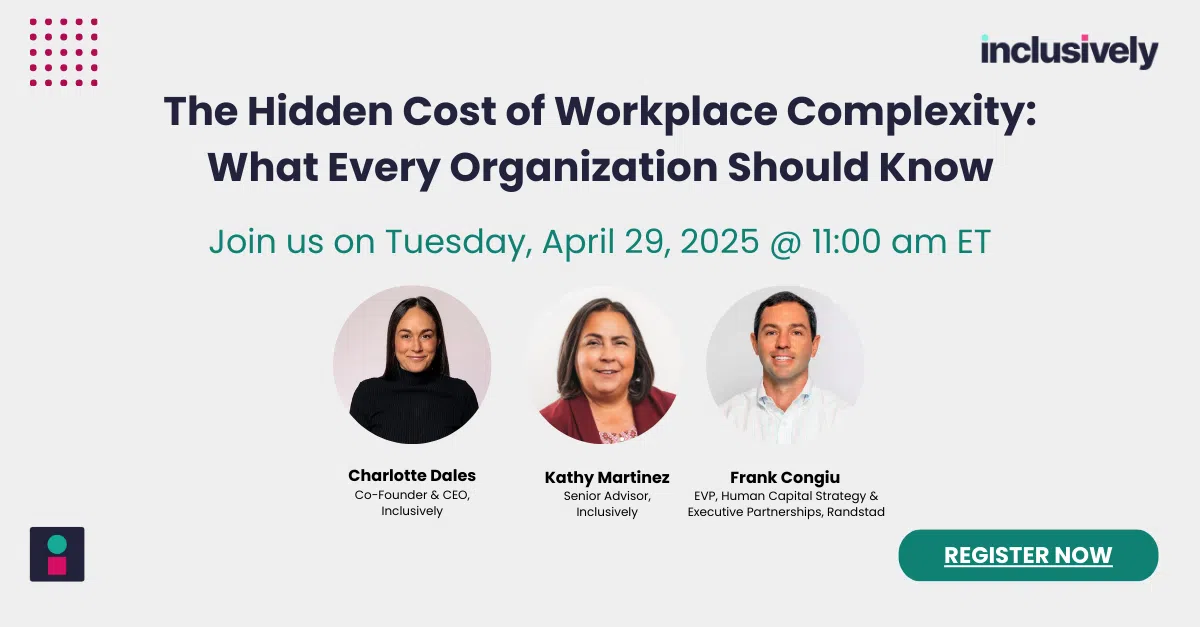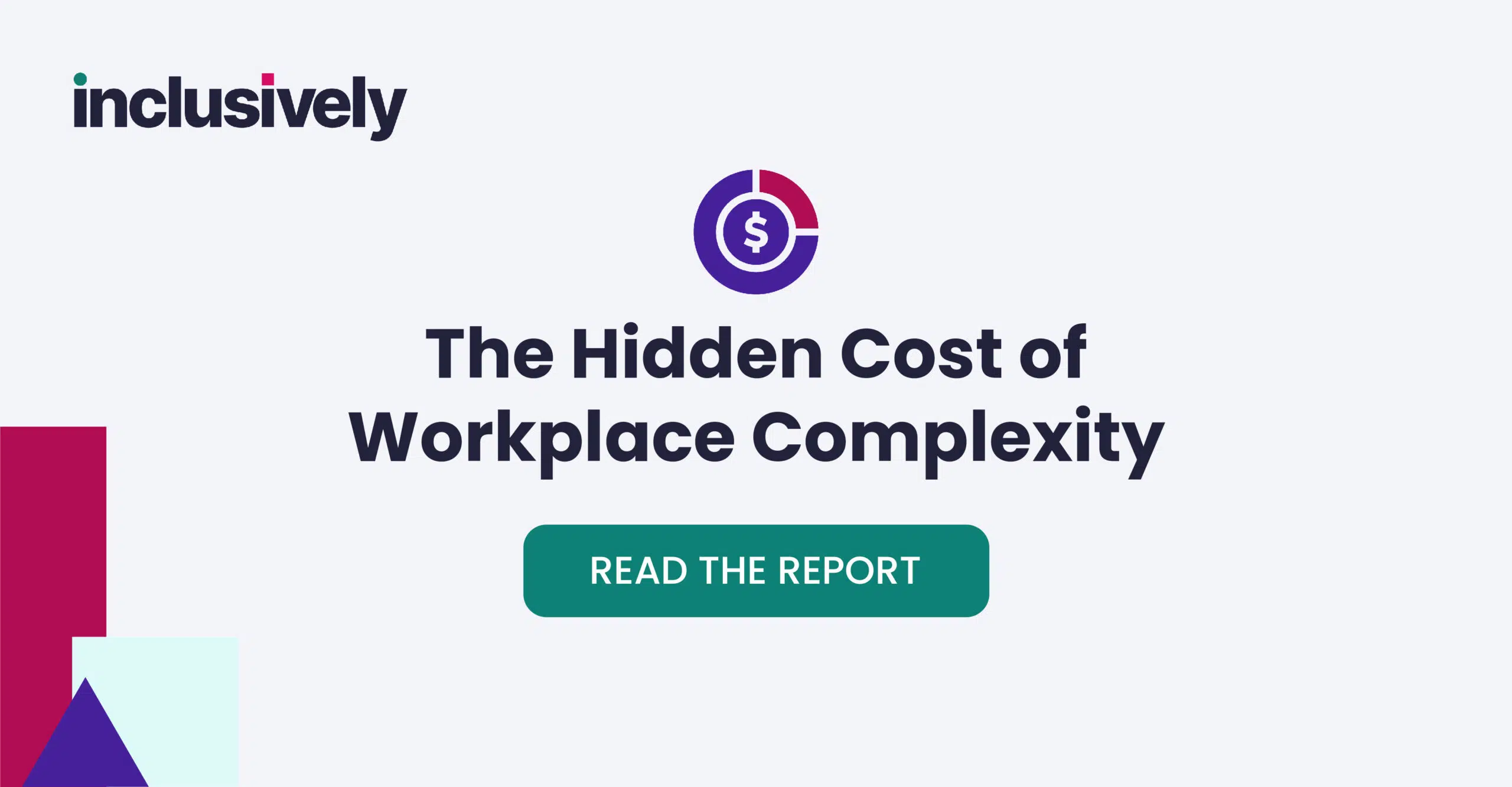The pandemic has forever changed the way that many Americans view work and what is thought of as the traditional workplace. Work from home solutions, accommodations and flexible schedules have proven to be effective not only for individuals with disabilities but for all workers expected to effectively complete tasks at home or within standard workplaces. Successful organizations have come to understand that future generations of the workforce will include individuals who are able to perform while also navigating newly acquired disabilities – some of which may be due to mental health or managing long haul COVID in a post-pandemic world. So while an employer may already have an accommodations program or even a disability affinity group, how can your organization evolve its disability and inclusion mission to support and retain this new, post-COVID generation of employees with disabilities?
1. Focus on accommodations for everyone
Long haul COVID has created a new generation of employees with disabilities the likes of which our nation has not seen since the Polio epidemic. Not only is this group new to their acquired disability, they may be unsure of the tools and resources available to them in order to remain productive and efficient at work. Additionally, they may be unsure or unaware of their ability to qualify for these supports. Organizations that will have the most success in employee retention will be able to quickly and efficiently connect their employees with the tools they need in order to be successful at work. This means employees will understand that access to these tools and other accommodations are always available to them and will not come with any sort of implicit or explicit forms of retribution. Inclusive organizations will have processes that engage employees from start to finish: from the time a potential employee applies for a position to offering the candidate the ability to specify key accommodations and their interview preferences through to the employee’s start date to regular check-ins with the employee to ensure they have the tools and/or accommodations they need for success. Organizations that are great at this will have seamless processes for employees to acquire accommodations, tools, technology and resources – and employees are aware of these processes.
2. Evolve Affinity Groups into Business Resource Groups (BRG)
Many organizations in the corporate space are moving from an affinity group model to a business resource group model in order to better support and learn from employees. This represents a change from a group that simply exists to support employees to one in which the lessons learned from these groups have a direct path to the DEI mission of the entire organization. BRGs maintain a safe space for employees to discuss issues, tools and support services, and they also provide a direct path to the employer’s DEI mission. They are typically responsible for noting the suggestions of the group members, identifying best practices for supporting unique populations and recording quantitative and qualitative data that can lead to success. This ensures all BRGs within an organization use similar standards of engagement and reporting, which can create an environment where the BRGs are more likely to collaborate with each other. This type of partnership and cross collaboration enables employers to create inclusive workplaces, as well as ensure the inclusion of employees with disabilities, LGBTQIA+, Veterans, African-American, LatinX, Asian and aging employees becomes hardwired into the processes of the organization.
3. Make inclusion everyone’s business
Disability employment advocates have long tried to find the magic bullet for creating disability inclusion at work. Many strategies have been developed to specifically affect HR departments, Talent Management and Recruitment, Hiring managers and the C-suite itself. While all of these tactics have their merit, the key takeaway is that in order to create a truly inclusive workplace, all of these groups have a responsibility to create systems and policies that will support current and future workers with disabilities. Internship, mentorship and leadership development programs must be made inclusive of current and new employees with disabilities, while talent management and recruitment functions must ensure that all parts of the recruitment process – including software platforms, interviews and access to managers – are inclusive to job seekers with disabilities. Lastly, the C-suite and other leadership teams should require and measure against quantitative data in order to encourage staff to consistently include individuals with disabilities in their DEI missions.
4. Grow your own experts
There are many organizations that offer services to make the workplace more accessible and/or find individuals with disabilities to fill the talent pipeline. While many of these organizations will help employers to start on the path to inclusion, the best method for maintaining inclusivity in the workplace is to hire and retain individuals with disabilities. Identify ways to get honest feedback from current employees with disabilities, as well as their own perspectives on how to create a workplace that is welcoming and inclusive. The experts that you develop will know your company and your work and will be able to give you specific advice that will best benefit the unique dynamic of your organization.
Creating an inclusive workplace can be daunting. While there is no magic bullet, the real solution is to take honest, authentic steps to create a space that values the presence of everyone and specifically considers the disability experience to be a benefit to the business and its customers. By developing clear avenues of communication, supporting discussion and problem-solving, as well as by respecting all experiences, you can develop a space that recruits, hires, retains, and advances the best, hidden talent!
About Patrick
Patrick Cokley is the Chief of Organizing, Advocacy, and Learning for Civic Influencers, a nonpartisan organization dedicated to supporting young people in amplifying their civic power.



